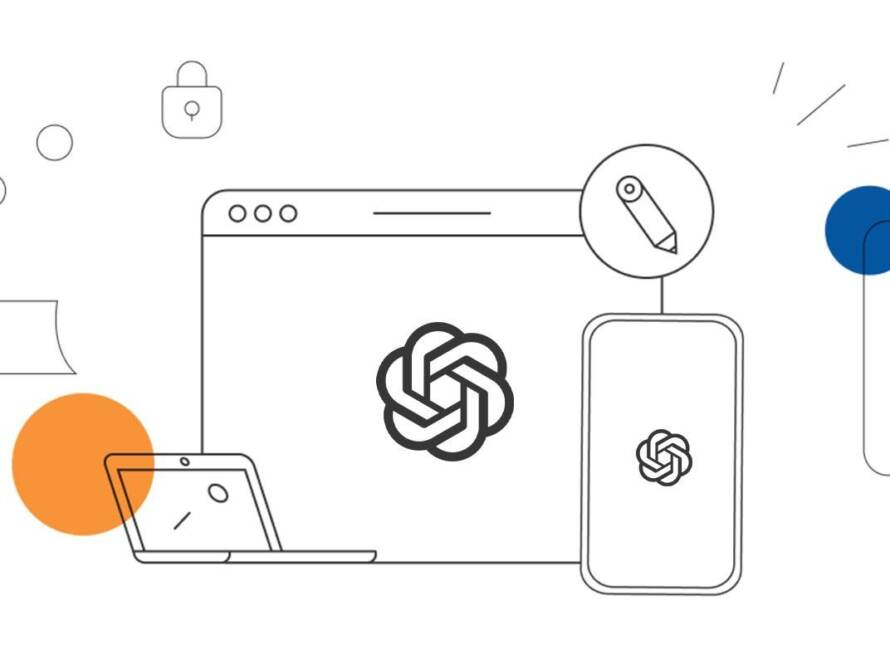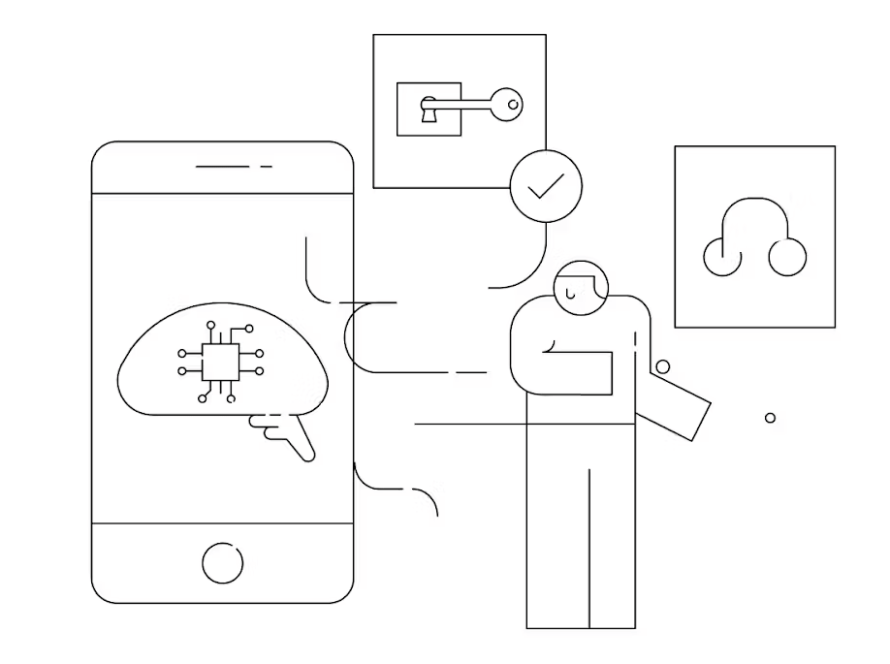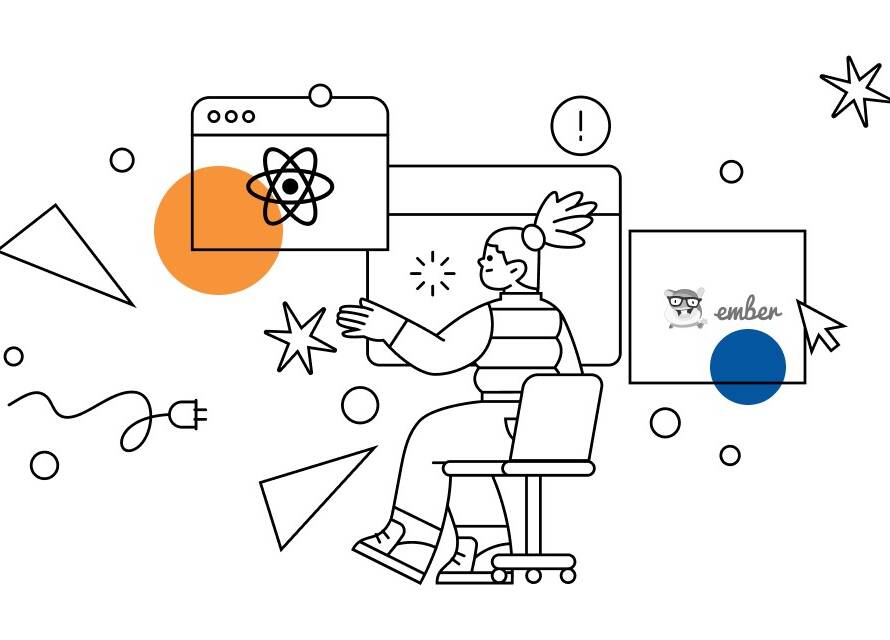Whether you’re a startup looking to disrupt the market or an established enterprise seeking to stay competitive, understanding the significance of your tech stack is key to achieving your digital aspirations. A tech stack serves as the digital backbone, supporting innovation, scalability, and efficiency.
Simply put, a tech stack is a set of software components that work together to create and run your application. Choosing a tech stack is not a one-size-fits-all solution. It depends on many factors, such as:
- The type and complexity of your application
- The scalability and performance needs
- The cost and availability of resources
- The security and reliability requirements
- The compatibility and integration with other systems
We aim to guide you through the intricate and diverse landscape of technology stacks. We will introduce you to the benefits of using tech stacks and show you how they can help you build amazing applications for your business.
Ready to explore? Let’s go!
What is a Tech Stack?
A tech stack is a bunch of software tools that you use to make and run a web or mobile app. A tech stack has two main parts: the front end and the back end. The front end is what you see and play with on your screen, the user interface. The backend is what works behind the scenes, like storage, security, and server communication.
Different tech stacks have different pros and cons, depending on what you want and like. Choosing a tech stack is a big decision that can affect how awesome, fast, and cheap your app is.
Factors to Consider When Choosing Your Tech Stack
Here are some factors you must consider when choosing your tech stack:
Scalability
Scalability is the ability of an application to handle an increased workload or demand without compromising its performance, functionality, or quality. Scalability is important for several reasons, such as:
- It ensures that the application can meet the current and future needs of the users and the business.
- It improves the user experience and satisfaction by reducing latency, downtime, and errors.
- It reduces operational costs and risks by optimizing the use of resources and avoiding overprovisioning or underprovisioning.
- It enhances the security and reliability of the application by preventing bottlenecks, failures, and breaches.
Flexibility
Flexibility is an important factor when choosing a tech stack for your application. Flexibility means that you can easily adapt to changing requirements, technologies, and user needs without having to rewrite or replace your entire codebase. Some of the benefits of flexibility are:
- You can improve the performance, security, and reliability of your application by using the latest and most suitable technologies for your needs.
- The development and maintenance costs can be reduced by reusing existing components, libraries, and frameworks instead of building everything from scratch.
- You can increase the productivity and collaboration of your team by allowing them to use their preferred tools and workflows.
- You can integrate with other applications and services.
Capabilities
Capabilities are the features and functions that a tech stack can offer for your application. They are important because they affect the quality, performance, and cost of your application. Some of the capabilities that you should consider when choosing a tech stack are:
- Performance: Your application has to be fast and efficient. For example, if you are building a real-time application that requires high concurrency and low latency, you might want to use a tech stack that uses a non-blocking and asynchronous framework, such as Node.js, Java or Python.
- Security: It is important to ensure that your application is protected and safe. You should choose a tech stack that has built-in security features, such as encryption, authentication, authorization, and data validation. You should also follow the best practices and standards for secure coding and testing.
- Reliability: You should choose a tech stack that has high fault tolerance, resilience, and redundancy. It would also help to monitor and troubleshoot your application regularly.
- Usability: For users, your application must be easy to use. You should conduct user research and testing to understand the needs and preferences of your target audience. For example, if you are building a cross-platform application that works on different devices and browsers, you might want to use a tech stack that uses a responsive framework, such as React Native.
Maintenance
Maintenance is the process of keeping your tech stack up-to-date, secure, and functional. It is important because it affects the quality, performance, and cost of your application. Some of the reasons why maintenance is important are:
- It ensures that your application can meet the current and future needs of users and businesses.
- It improves the user experience and satisfaction by reducing bugs, errors, and downtime.
- It reduces operational costs and risks by optimizing the use of resources and avoiding technical debt.
- It enhances the security and reliability of your application by preventing vulnerabilities, breaches, and failures.
Development Costs
Development costs are an important factor when choosing a tech stack for your application. According to some web search results, a tech stack can cost anywhere from a few hundred to over $100,000 per year, depending on the tools you use. Here are some reasons why you should factor in development costs before choosing a tech stack:
- Development costs can affect your budget and timeline for your project. You should choose a tech stack that fits your financial and time constraints and that can deliver the quality and functionality of your application.
- These costs can vary depending on the type and number of tools in your tech stack, as well as their functionalities. You should choose a tech stack that offers the best value for your money and that can meet your performance, security, reliability, and usability requirements.
- In addition, development costs depend on the availability and expertise of developers who can work with your chosen tech stack. You should choose a tech stack that has a large and active community of developers and that can provide adequate support and documentation. You should also consider the training and hiring costs of developers who can use your tech stack.
Team Expertise
Team expertise is an important factor when choosing a tech stack for your project. It refers to the skills, knowledge, and experience of the developers who will work with the chosen technologies. Team expertise can affect the quality, performance, and cost of your project in several ways, such as:
- It can determine how fast and easy it is to develop and maintain your project. If your team is familiar and comfortable with the tech stack, they can code faster, avoid errors, and fix bugs more easily.
- It can influence how well your project meets the requirements and expectations of the users and the business. If your team has the relevant expertise for the tech stack, they can create a product that is functional, reliable, secure, and user-friendly.
- It can affect how much you spend on your project. If your team has the appropriate expertise for the tech stack, you can save money on training, hiring, and outsourcing. You can also avoid technical debt and rework that might increase your costs in the long run.
Key Components of a Tech Stack

Here are some key components of a tech stack. If you’re a business owner, you need to stay informed.
- Operating Systems: These are programs that manage hardware resources and provide various services for software applications. Examples include Windows, Linux, and macOS.
- Servers: These are powerful computers or systems that provide data, services, or resources to other computers (clients) over a network. Examples include Apache HTTP Server and Microsoft’s Internet Information Services (IIS).
- Data Storage: This refers to the use of storage systems to store, protect, and manage digital data. Examples include relational databases like MySQL and PostgreSQL, and NoSQL databases like MongoDB.
- Backend Frameworks: These are libraries of server-side programming languages that help build the server-side logic of web applications. Examples include Node.js for JavaScript, Django for Python, and Ruby on Rails for Ruby.
- Front-end Frameworks: These are JavaScript libraries or frameworks that help build the user interface of web applications. Examples include React.js, Angular.js, and Vue.js.
- API Services: These are sets of rules that allow different software applications to communicate with each other. They define methods and data formats that a program can use to perform tasks like requesting data. Examples include REST and GraphQL.
- Monitoring and Performance Tools: These are tools used to monitor and manage the performance and health of web applications. Examples include Google’s Lighthouse for performance auditing and Sentry for real-time error tracking.
Some of the Industry Renowned Tech Stacks
The choice of a tech stack can significantly influence the functionality, performance, and user experience of the digital products a business offers.
- Ruby on Rails: Often just called Rails, this is a server-side web application framework written in Ruby. It follows the MVC (Model-View-Controller) architectural pattern.
- Python: This isn’t a tech stack in itself but a versatile programming language that can be used in various stacks. It’s often used with Django or Flask frameworks for web development.
- Java: Like Python, Java isn’t a tech stack but a widely used programming language. For web development, it’s often used with the Spring Boot framework.
- MEAN: This stands for MongoDB (database), Express.js (backend framework), Angular.js (front-end framework), and Node.js (runtime environment). It’s a full-stack JavaScript solution for rapid web application development.
- MERN: Similar to MEAN, MERN replaces Angular.js with React.js for the front-end framework. It’s also a full-stack JavaScript solution.
- MEVN: This is another variant of the MEAN/MERN stack, but it uses Vue.js as the front-end framework instead of Angular or React.
Getting Your Tech Stack Right is Crucial – Here’s Why
A company’s tech stack directly influences product development, scalability, and adaptability to market changes. It impacts hiring due to the varying availability of developers skilled in different technologies. Additionally, it affects infrastructure costs, integration capabilities, and the overall user experience.
Tech stack offers us to build a variety of platforms. They can create web applications ranging from simple websites to complex web applications. They can develop mobile applications for specific or multiple operating systems. They can also construct APIs and microservices, data platforms for big data and machine learning, and IoT platforms to manage internet-connected devices.
Exper Labs can help you realize your business objectives with custom software development capabilities. By outsourcing to Exper Labs, business owners can access a team of experts, ensuring faster project completion and cost reduction. This allows businesses to focus on core competencies and strategic planning while Exper Labs handles the technical aspects.



